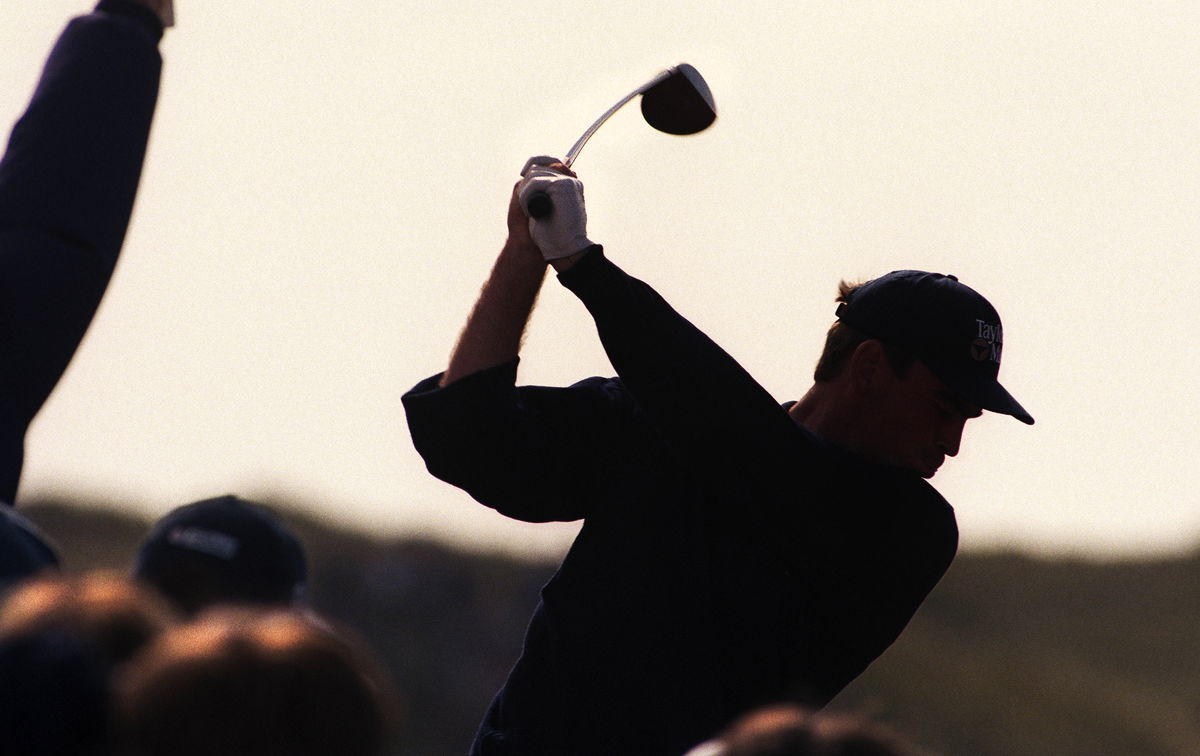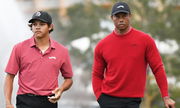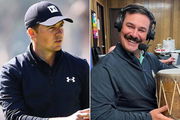
Getty
Silhouetted golfer on the tee during the 127th British Open Golf at Royal Birkdale GC in Southport 16th-19th July 1998. (Photo by David Ashdown/Getty Images)

Getty
Silhouetted golfer on the tee during the 127th British Open Golf at Royal Birkdale GC in Southport 16th-19th July 1998. (Photo by David Ashdown/Getty Images)
Oakmont Country Club, long regarded as one of the toughest tests in golf, is living up to its reputation this week—and then some. The fairways are narrow, the greens are slick, and the rough is a brutal tangle of tall, thick grass that’s swallowing golf balls whole. The USGA’s signature philosophy—“identify the best players by pushing them to the edge”—is on full display. But where is the edge?
Watch What’s Trending Now!
The rough at Oakmont is drawing sharp criticism from one of the most respected figures in golf history. During the second round of the 2025 U.S. Open, a legendary LPGA Hall of Famer took to social media to voice her concern over what she sees as an unnecessary—and even dangerous—approach by the USGA. “I agree on making the course tough but the rough is over the top difficult,” she shared on X, “I think it is a safety issue sometimes. The guys are strong and they are going to swing with all their might to get it out. Scary 🙏🏼” It’s a rare public rebuke from one of the game’s greats, Nancy Lopez, and one that adds fuel to a growing firestorm over how the U.S. Open is set up this year.
I am watching the Men’s U.S. Open. I played in many Opens. I agree on making the course tough but the rough is over the top difficult. I think it is a safety issue sometimes. The guys are strong and they are going to swing with all their might to get it out. Scary 🙏🏼
— NancyLopezWGHoF (@NancyLopezWGHo1) June 13, 2025
ADVERTISEMENT
The course is meant to reward precision, but when players are forced to swing violently just to advance the ball a few yards, the concern shifts from scorecards to safety. As Lopez noted, the torque required to escape Oakmont’s rough puts real strain on wrists, backs, and shoulders—injuries waiting to happen when recovery becomes brute force. The five-inch rough, a dense mix of Kentucky bluegrass, ryegrass, and Poa annua, doesn’t allow for strategic shot-making. You either avoid it or suffer. Phil Mickelson learned that firsthand in 2007, injuring his wrist during a pre-tournament practice round and missing the cut at 11 over par. He called the rough “dangerous”—and not just figuratively.
The risk doesn’t stop with players. When aggressive swings from thick lies produce erratic ball flights, spectators—often packed tightly along fairways—are directly in harm’s way. The ball can emerge unpredictably, with limited visibility and no control over direction. On a course like Oakmont, where recovery shots become desperation hacks, both the players and the people watching them are at physical risk. The setup isn’t just unforgiving, it’s potentially unsafe. And this is obviously not the first time concerns have been raised over this.
Top Stories
LIV Golf Issues Statement as Pro Announces Shock Retirement After Getting Relegated

Calls Mount Against PNC Championship TV Coverage as Tiger Woods & Charlie Woods’ Absence Felt

Johnson Wagner Admits Guilt for Making Jordan Spieth Miss Out on Rare PGA Tour Record

Amanda Balionis Receives Wake-Up Call That She Didn’t Expect to Face at 39

Praise Pours In for Annika Sörenstam After Her Gesture Toward Matt Kuchar and Son Despite PNC Loss

ADVERTISEMENT
A long history of USGA backlash at Oakmont and beyond
If you’ve watched a U.S. Open and thought, ‘This looks borderline unfair,’ you’re not alone. The USGA has built a legacy on making the Open the hardest tournament in golf, but sometimes, the line between challenge and chaos disappears completely. Just ask the pros.
Tiger Woods, no stranger to demanding conditions, was blunt after Shinnecock Hills in 2004: “This is not supposed to be how golf is played.” That week, the greens turned brown and were not meant to putt. Jerry Kelly piled on: “They’ve ruined this tournament and made one of the great golf courses look bad.” Fast forward to Chambers Bay in 2015, and the chorus grew louder. “Worst rolling greens I’ve ever putted on,” said Billy Horschel. Ian Poulter called the surfaces “disgraceful.” Camilo Villegas added: “Worst greens I have ever played… Shame on the USGA.” Even the stoic Ernie Els admitted, “The ball feels like it’s a stone.” At Shinnecock in 2018, Zach Johnson echoed a sentiment many had felt before: “They’ve lost the golf course.” Brooks Koepka noted, “There is no grass around the holes,” while Adam Scott warned the USGA beforehand to aim for a test that’s “challenging and interesting, not just brutal.”
ADVERTISEMENT
This year, the complaints have returned. Patrick Reed, who made an albatross on Oakmont’s par-5 18th, summed up the rest of the course bluntly: “If you get in the rough, good luck.” Rory McIlroy emphasized endurance over execution: “The person with the most patience and the best attitude this week is the one that’s going to win.” The U.S. Open is supposed to be a showcase of grit, skill, and precision. And yes, it’s meant to be hard. But when some of the sport’s most seasoned voices start calling the course setup “scary,” it may be time for the USGA to ask itself some hard questions.
ADVERTISEMENT
ADVERTISEMENT
ADVERTISEMENT

